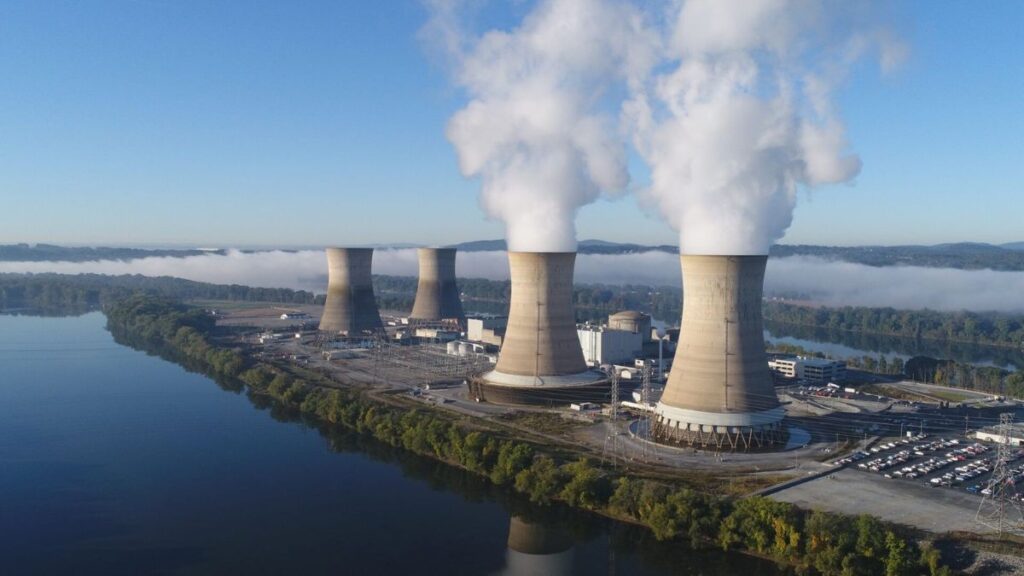India’s Nuclear Power Plants: Where Are They Located and How Much Electricity They Produce

India continues to rely on nuclear power as an important part of its clean energy mix. While nuclear energy has faced criticism worldwide after major accidents like Chernobyl and Fukushima, it still offers a reliable, carbon-free source of electricity.
Union Minister of State Dr. Jitendra Singh recently informed Parliament that India currently operates seven nuclear power plants across six states, generating a total of 8,880 MW of electricity.
Here’s the state-wise breakup:
- Maharashtra (Tarapur): 1,400 MW (TAPS-1: 160, TAPS-2: 160, TAPS-3: 540, TAPS-4: 540)
- Rajasthan (Rawatbhata): 1,880 MW (RAPS-1: 100*, RAPS-2: 200, RAPS-3: 220, RAPS-4: 220, RAPS-5: 220, RAPS-6: 220, RAPS-7: 700)
- Tamil Nadu: Kalpakkam – 440 MW (MAPS-1: 220, MAPS-2: 220) & Kudankulam – 2,000 MW (KKNPP-1: 1,000, KKNPP-2: 1,000)
- Uttar Pradesh (Narora): 440 MW (NAPS-1: 220, NAPS-2: 220)
- Gujarat (Kakrapar): 1,840 MW (KAPS-1: 220, KAPS-2: 220, KAPS-3: 700, KAPS-4: 700)
- Karnataka (Kaiga): 880 MW (KGS-1: 220, KGS-2: 220, KGS-3: 220, KGS-4: 220)
*RAPS-1 with 100 MW is currently under extended shutdown.
Apart from the existing plants, the government is now looking at the next phase of nuclear development. To bring in the private sector, it has proposed the Bharat Small Reactor (BSR) project. These are small 220 MW reactors meant for captive power production, especially for industries like metals, minerals, and petrochemicals that have a high carbon footprint.
The Nuclear Power Corporation of India Ltd (NPCIL) has already invited proposals from private companies to finance and build these reactors, which are expected to strengthen India’s clean energy capacity.









